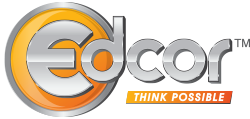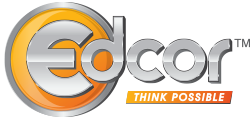College completion rates matter. Stakeholders from individuals to the whole US economy and society are impacted by higher education attainment. Low completion rates contribute to socio-economic divides in the population and skills gaps in business and industry. Developing avenues for raising rates of college completion will help overcome these problems.
Completing College 2019 national report from National Student Clearninghouse Research Center reports that college completion rates are increasing, and have reached an eight year high. Almost 60 percent of students who entered college in 2013 earned a credential within six years. The eight-year completion rate is 62 percent. This is both good news and bad news. The good news is that college completion rates have been rising every year since 2010. The bad news is that for each cohort since 2010 the rates of increase have decreased each year. The challenge ahead is to continue raising completion rates for the benefit of all.
One demographic group that is at the front of rising completion rates is delayed entry and adult students, according to the NSCRC report. But this also is a good news-bad news situation. Delayed-entry students’, (those over age 21) completion rate was 4.3 percentage point higher than the previous year. Adult learners completion rate was 2.3 percentage points higher. That’s the good news. The bad news is that the completion rate for delayed entry learners is only 45.1 percent, and 45.8 percent for adult learners.
This opens a great opportunity for businesses to engage in initiatives that will help improve college completion rates.
Education Pathways
Strategic administration of tuition assistance plans makes education benefits an advantage for employees and an asset for employers. One element of strategic TAP is academic advising. Advising can help students set a straight education pathway that helps them avoid taking unnecessary classes, spending unnecessary time and money. Academic advising will help student define their purpose for going to school and the courses they need to accomplish their goal.
A focused education pathway will help students make the most of their time and effort in college. Complete College America states, “More than a decade of research suggests that too many choices, especially in the absence of adequate information, can at a minimum add unnecessary time and credits to a postsecondary credential and at worst prevent students from earning a postsecondary credential altogether.”
Career Pathways
There is no doubt that having an education pathway helps students succeed. And pairing that education pathway with a career pathway creates stronger chances that students will complete their education. Most businesses have employees who have some college, but haven’t completed their education as well as employees who have delayed ever starting college. When TAP and other education benefits such as student loan repayment and academic advising are strategically applied, these employees have the opportunity to pursue higher education. When education benefits increase their chances of college completion, businesses will be developing an asset that can help fill current and future skills needs.
Nontraditional students going to college face obstacles that can derail them on their way to college completion. Time conflicts, financial obligations and multiple responsibilities can hamper their progress. A clear career pathway that leads to better job and more security can be a great motivator, help overcome these obstacles and drive students toward completion. A strategic TAP plan that includes career pathways also increases the value of employee education to their employer. As students bring new skills and knowledge to their present work, they will help fill skills gaps and help their companies be productive and profitable.



